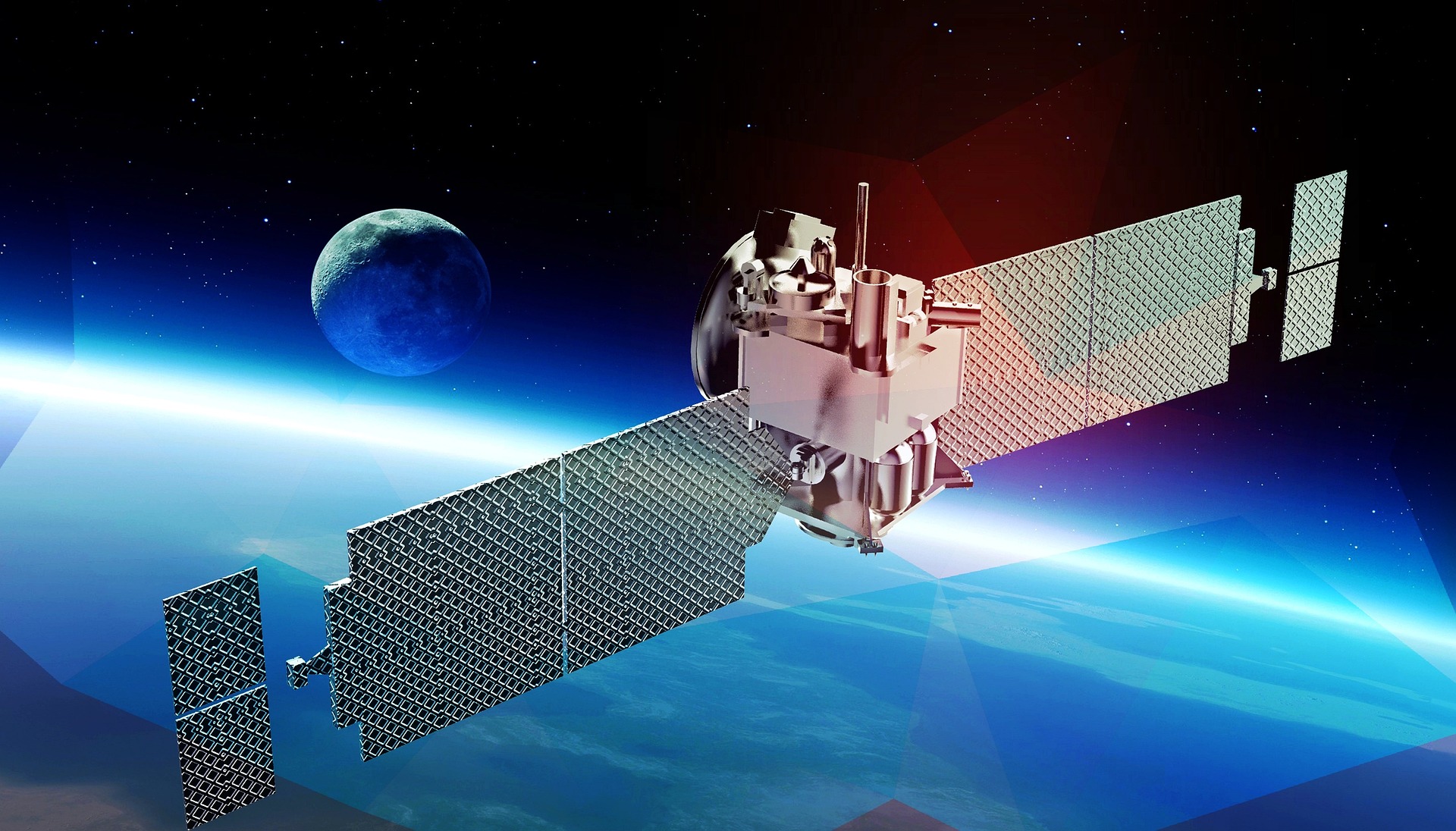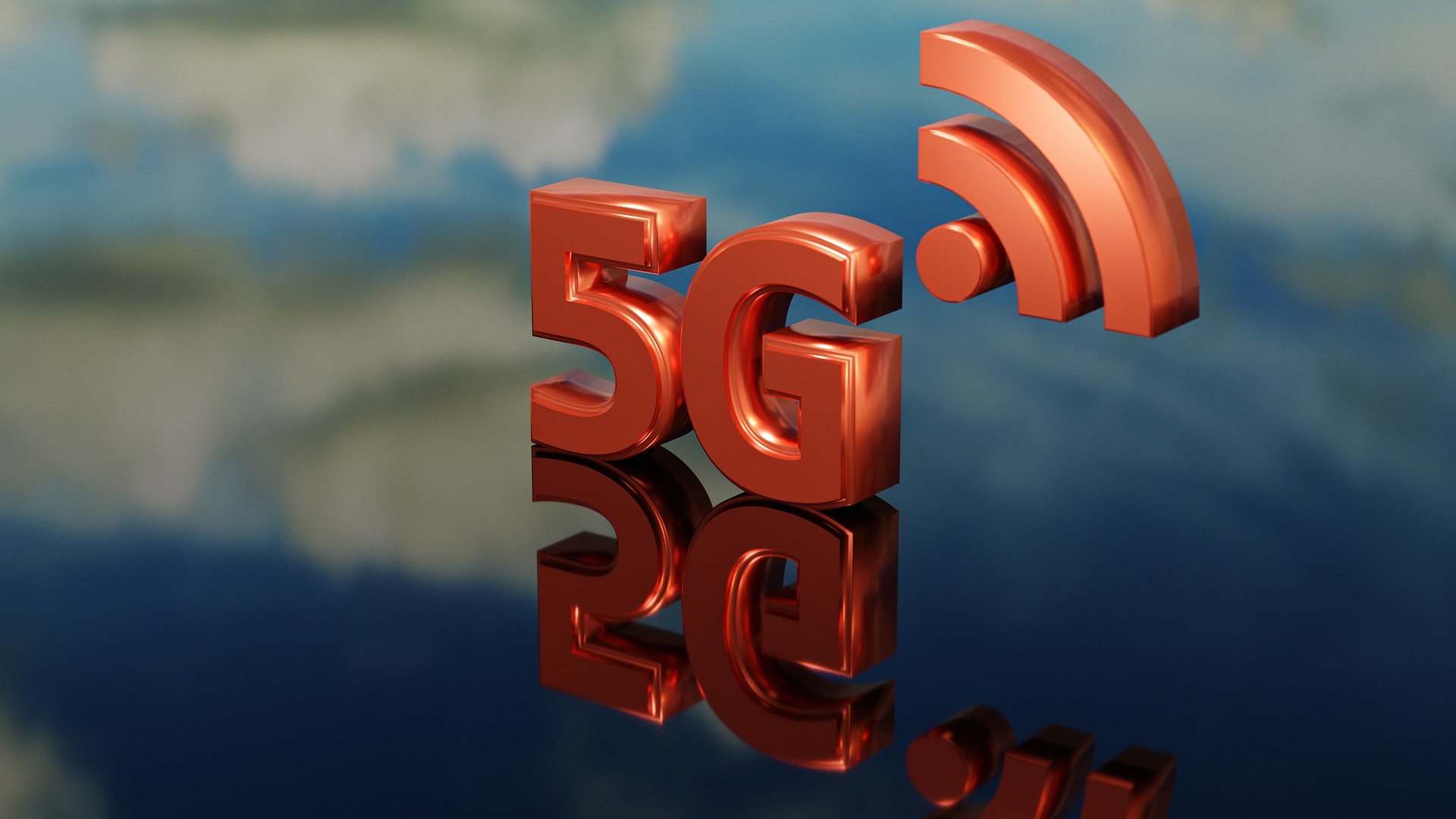Exploring the Potential of Teleportation in Modern Telecommunication
The advent of teleportation technology in the realm of telecommunications might seem like a far-fetched concept straight out of a science fiction movie. However, recent advancements in quantum physics and digital communication have shown that this once unimaginable idea might soon become a reality.
The Genesis of Teleportation in Telecommunications
Teleportation in telecommunications is not about physically transporting matter but rather about transmitting information from one location to another without the need for a physical medium. The concept dates back to the early 1990s when IBM physicist Charles Bennett coined the term “quantum teleportation.” He proposed a theoretical method for transporting quantum information from one location to another without physically transmitting the underlying particle itself.
Quantum Entanglement: The Key to Teleportation
The process of teleportation relies on quantum entanglement, a physical phenomenon that occurs when pairs or groups of particles interact in ways such that the quantum state of each particle cannot be described independently of the state of the others. When two entangled particles are separated, even by vast distances, a change in the state of one particle results in an instantaneous change in the state of the other. This ‘spooky action at a distance,’ as Albert Einstein once called it, is the fundamental principle behind teleportation.
Teleportation in Modern Telecommunication: Current Developments
Over the past decade, significant progress has been made in the field of quantum teleportation. Researchers have successfully teleported information between particles over increasing distances. In 2017, a Chinese research team set a new record by teleporting information between photons located more than 1,200 kilometers apart. These groundbreaking experiments have significant implications for the future of telecommunications, suggesting the possibility of creating ultra-secure, super-fast quantum internet networks.
The Impact of Teleportation on Future Connectivity
If successfully implemented on a large scale, teleportation technology could revolutionize the telecommunications industry. It promises near-instantaneous data transfer, which would vastly improve the speed and efficiency of digital communication. Moreover, the inherent security features of quantum entanglement could help develop virtually hack-proof communication networks, addressing the growing concern of cyber threats in our increasingly interconnected world.
Challenges and Future Prospects
Despite these exciting prospects, the path to making teleportation a reality in telecommunications is fraught with technical and logistical challenges. The delicate nature of quantum states, the difficulty of maintaining entanglement over long distances, and the need for ultra-precise measurements are just some of the hurdles that need to be overcome. However, with continued research and advancements in technology, the prospect of teleporting information may not be as far off as we once thought.
In conclusion, while teleportation in telecommunications remains largely within the realms of theoretical physics and experimental labs, the potential it holds is undeniable. As we continue to push the boundaries of what’s possible in the field of telecommunications, who knows what the future might hold? Perhaps the seemingly impossible idea of teleportation will become an everyday reality sooner than we think.







